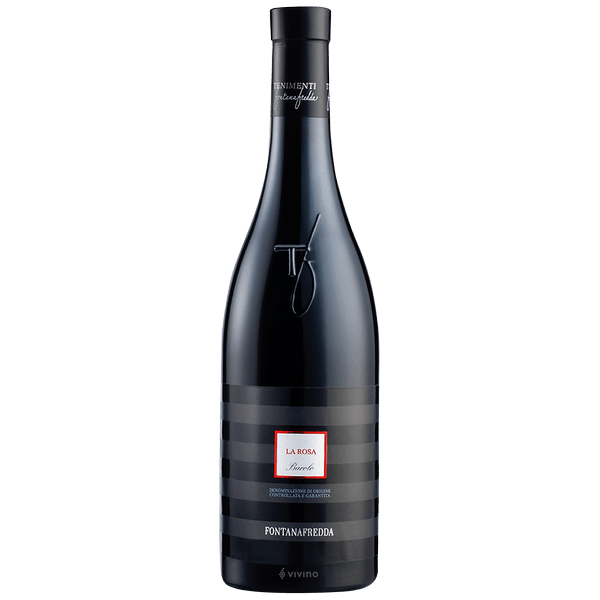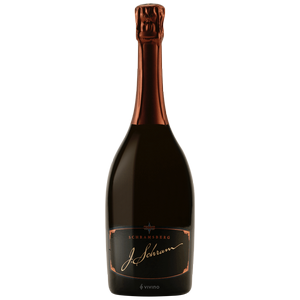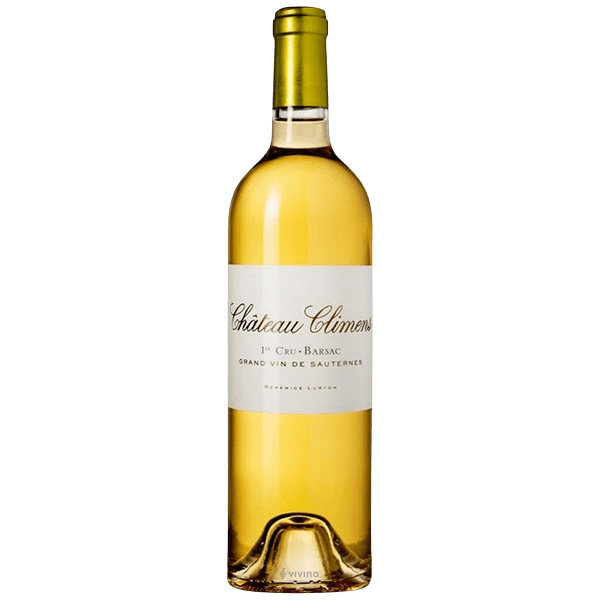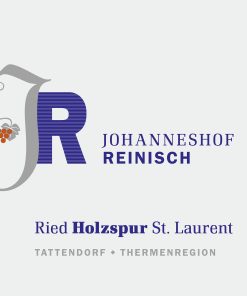2008 Fontanafredda Barolo La Rosa
2008 Fontanafredda Barolo La Rosa
#86 Wine Spectator Top 100 of 2013
The Fontanafredda Barolo La Rosa begins with ruby-red with garnet highlights in the glass. On the nose, the wine has delicate, though intense nose is complex, with clear-cut overtones of withered roses, violets, tobacco, underbrush, spices, and a slight touch of vanilla. On the palate, Dense, closely-woven tannins start out smooth, almost velvety, and then explode in the palate with fruit and nicely balanced freshness. Long flavorful finish.
It is excellent served with flavorful meat dishes and mature cheeses.
Wine Spectator (95/100)
Fine harmony and sweet cherry and berry flavors are the hallmarks of this rich Barolo. Licorice, spice and tobacco flavors add depth as it stays focused and persistent through the finish. The tannins are ripe and well-integrated. Best from 2015 through 2033.
James Suckling (94/100)
Pure Nebbiolo fruit here that gives aromas and flavors of rose petal, light prunes and dried figs. Full body, with polished velvety tannins and a long caressingly textured finish. Drink now or hold. Beautiful balance.
Since 1878, the Fontanafredda Estate & Winery, located in the heart of Piedmont’s Langhe region, has been a benchmark producer of Barolo and Barbera, crafting wines that deftly balance deep aromas and concentration of fruit with elegance.
The history of Fontanafredda is a noble one. It began in 1858 after the unification of Italy, when the country’s first king, Vittorio Emanuele II, purchased this beautiful estate in Piedmont’s Langhe region. Here he started producing wine from native varietals, Dolcetto, Barbera and Nebbiolo, which later developed into a commercial business under the direction of the King’s son, Count Mirafiori. Fontanafredda released their first Nebbiolo labeled as Barolo with the 1878 vintage.
The 250-acre Fontanafredda Barolo cru property in Serralunga d’Alba is the single largest contiguous wine estate in the Langhe. Additional properties in the communes of Barolo and Diano d’Alba bring the total acreage of estate-owned land to 305. The ability to source fruit from some of the Barolo region’s most prized vineyard sites provides Fontanafredda with grapes of the highest quality. There are two main soil types that cover Barolo: Tortonian in the western region that is heavy in clay and magnesium deposits. Wines grown in this soil tends to be more fragrant, elegant and soft, but with notable richness. In eastern Barolo, the chalky, limestone and mineral rich Helvetian soil produces wines of deeper color, body and tannic structure, making for long-lived wines.
Related products
Red Wine from Niederosterreich, Austria




